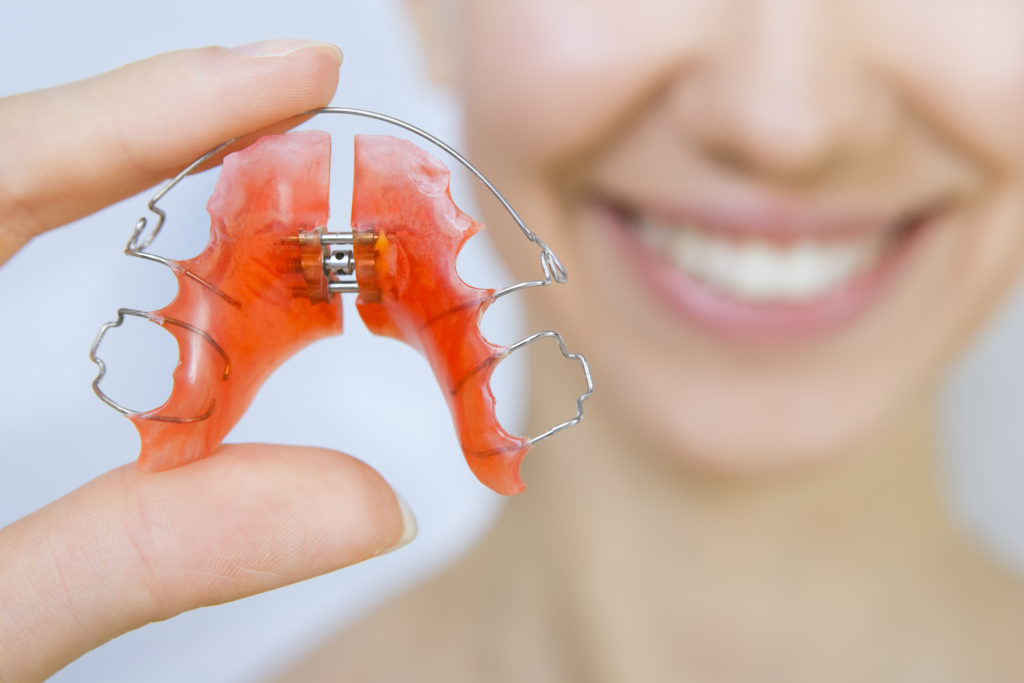
The short answer is yes: any medical or dental procedure is not without risks. While the risk factor is low, there does exist a chance of rare complications that could result in considerable problems for a patient.
CHT Orthodontics is dedicated to keeping our patients informed about all the ins and outs of their orthodontic treatment. As such, we’ve put together a helpful summary of some possible complications of braces treatment. Of course, you should always consult an experienced orthodontist for any risks and limitations specific to you.
Tooth decay or gum disease
When wearing braces, the areas of the teeth and gums that are close to or under arch wires and brackets are difficult to clean. When teeth aren’t cleaned carefully, food particles can get trapped in these areas. This allows dental plaque to accumulate, which increases the risk of tooth decay and gum disease.
It’s very important to maintain proper oral hygiene by brushing thoroughly at least twice a day and flossing at least once a day when wearing braces to prevent these kinds of dental health problems.
Allergic reactions
Rarely, an orthodontic patient may experience an allergic reaction to the latex rubber in the elastics or to the metal used in braces. If you or your child have any known allergy to nickel or latex, you should inform your orthodontist before starting any treatment. In these cases, there are latex-free elastics and alternative metals that can be used.
Soft tissue injuries and canker sores
When you wear braces, your inner cheeks, lips, and gums may feel sore where they have contact with the metal brackets and wires. You might also find yourself developing canker sores where the sensitive inner mouth tissues rub against the hard metal components of the braces. Should either of these issues arise, your orthodontist can prescribe the proper treatment to reduce pain and irritation, and help heal the sensitive spots.
Root Resorption
Root resorption is a shortening of the roots during braces. Sometimes this will be nothing more than a slight blunting of the root tips, and won’t result in any long term problems for those teeth. More rarely, some patients might experience one-half or more of the root shortening away. This could significantly affect the long-term health and stability of the affected teeth.
Although the exact cause of this is not completely known, wearing braces over a long period of time (beyond 2-3 years) does seem to increase the chances of it happening. Many orthodontists take initial, mid-treatment, and final x-rays to determine if any root resorption has occurred during treatment.
Decalcification and Cavities
As we mentioned previously, good dental hygiene is hugely important for patients in braces, for both the health and appearance of the teeth. Decalcification shows up as white marks on the teeth, and cavities can quickly form if food and plaque are not removed on a regular basis. Thankfully, these issues are easy to prevent by thorough brushing, flossing, and a low sugar diet.
Ankylosis
This is another rare, but serious, complication. Ankylosis is a fusion of the tooth root to the bone. If a tooth has already fused to the underlying jaw bone, braces will be unable to move that tooth. In fact, all of the surrounding teeth will start to move around the ankylosed tooth. This won’t allow for proper alignment of the teeth and bite.
A history of trauma where a tooth has been re-implanted by a dentist has a high rate of ankylosis, but other than that, it’s difficult to predict. X-rays and clinical examination may pick up on ankylosis only in certain situations, so this is a complication worth knowing about.
Relapse
This isn’t a complication so much as a potential consequence. Relapse is the movement and shifting of teeth after the braces are removed. Patients are provided with retainers following treatment to prevent relapse, and if these are not worn as instructed, the risk of relapse is very high, especially immediately after the braces are removed.
There is a tendency for teeth to move even a few years after braces, but this is often due to normal age-related changes, which occur to varying degrees in almost every patient. Long term use of retainers can help prevent this.
They’re still worth it!
While there are risks associated with orthodontic treatment, and although some may cause significant problems if they do occur, the probability of occurrence is low.
Most patients feel that the slight chance of risks aren’t significant enough to forego the benefits of treatment, and CHT Orthodontics agrees!
As our patient, you can count on your care being in the hands of a highly trained orthodontist who is supported by staff members with respect and experience in their respective fields. From your first appointment, we keep you informed every step of the way. We believe you should fully understand every part of your treatment at all times, potential risks included.
If you’ve been considering braces for you or your child in Hinsdale, but are unsure about the risks, benefits, or any other aspect of orthodontic treatment, give us a call today, or click here to schedule a free consultation!



